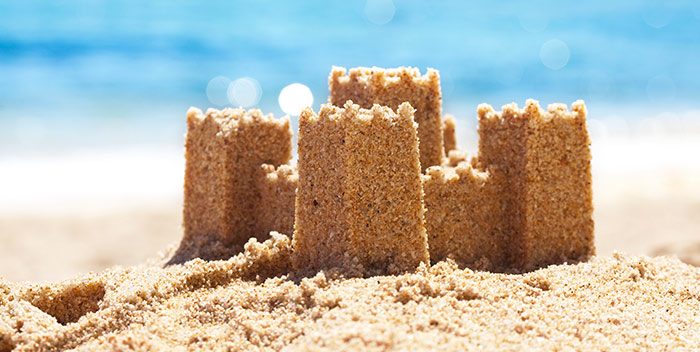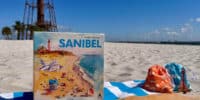Tips for Beautiful Sand Sculpture Building
It’s a glorious and tragic artful endeavor, sand sculpture building: constructing a work of art – a visual beach treasure – only to witness its transience. But sand sculpture building – like its chilly brethren, ice sculpture – has a mystic beauty and surreal fascination.
This is the shaping of nature’s element to produce something ruggedly stunning. Here at Sundial Beach Resort & Spa we know about sand sculpture building. With miles of calm, pristine coastline, decorated luxuriously with a colorful panorama of shells, this stretch of Southwest Florida provides the rising artisan the opportunity to try their literal hand at fashioning something wonderful, to raise from the sand something breathtaking.
It’s not like Sanibel Island’s Sundial Beach Resort & Spa hasn’t experienced renown for its splendor. The resort celebrated National Seashell Day, the first of its kind, June 20 with news coverage from ABC’s “Good Morning America.” To mark the occasion, sand sculptors Bill and Marianne Knight of The Sand Lovers fame artfully busied themselves by forming sail canvas on bamboo.
What’s So Fun About Sand Sculpture Building?
But what is it about sand sculpture building that is so alluring – for those chosen few among us (you know, the carefree children building castles with plastic buckets and the creative adults forever nurturing their inner children)?
Let us explore the basics, the foundation from which the great sand sculptors arise. Let’s get down – quite literally – to the nitty-gritty.
Sandscapes outlines the basics for those sun-in-the-fun types. Here are eight steps to send you on your sandy way to the mysterious shore:
- Get the right stuff: The best sand for sand sculpture building is fine and angular grained, which is what you’ll find on Sanibel Island.
- Location, location, location. Watch the tide. Which way is it heading? You don’t want to start a project only to have the raging Gulf come take it away.
- Check your checklist. Bring your beach equipment. Here is what you will need: a shovel, a 5-gallon bucket, casting buckets, and kitchen or gardening implements (spoons, spatulas, pallet knives, spray bottles).
- The hills are alive. Commonly called the volcano method, this procedure involves piling sand in layers and then flattening each layer. You must leave miniature berms as perimeters to hold the water in your project area. Flood the area then use your feet to pack the sand. Keep doing this until you’ve reached the height you want.
- Not defeat, duh hands. Begin using your hands (this is the inner child part) to shape your sculpture. You can half fill a small bucket with water then mix in sand. This part of the process has to be relatively quick in order to retain water.
- Casting call. The casting buckets enable you to form compact sand blocks easily. Put the upside-down bucket in the sand to obtain about four inches of sand. Turn the bucket right side up and fill with water until the sand layer is slightly submerged. Press down and pack tight. Repeat this part of the process until the sand layers reach the top.
- The fine art. Always begin your carving from the top and work down. As you carve (sculpt), sand drops, which you don’t want landing on your finished portions. Bring photos or pictures of castles or animals or whatever you want to sculpt. That way you don’t have to backtrack or do major renovations later.
- If at first. Remember, the most important lesson to learn about the art of sand sculpting is: If at first you don’t succeed, go run and leap into the Gulf waters. Then come back and try again.
Read more about Sundial Beach Resort & Spa’s sandy splendor and the opportunities to explore the Gulf’s wonderful artistry.
For information about Sundial Beach Resort & Spa, contact us today.







